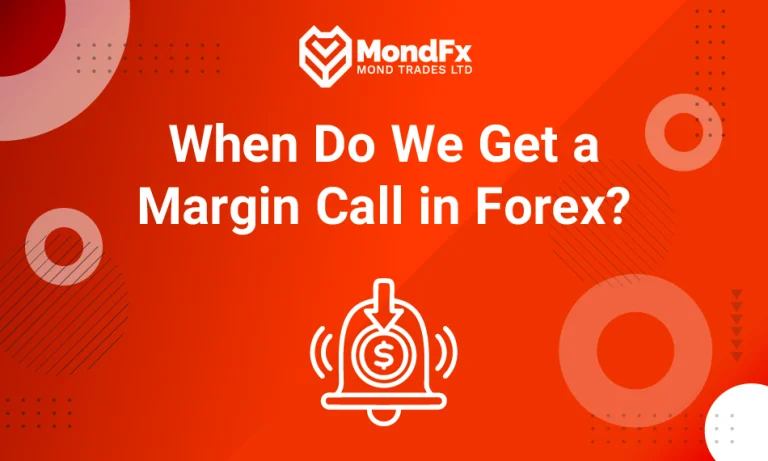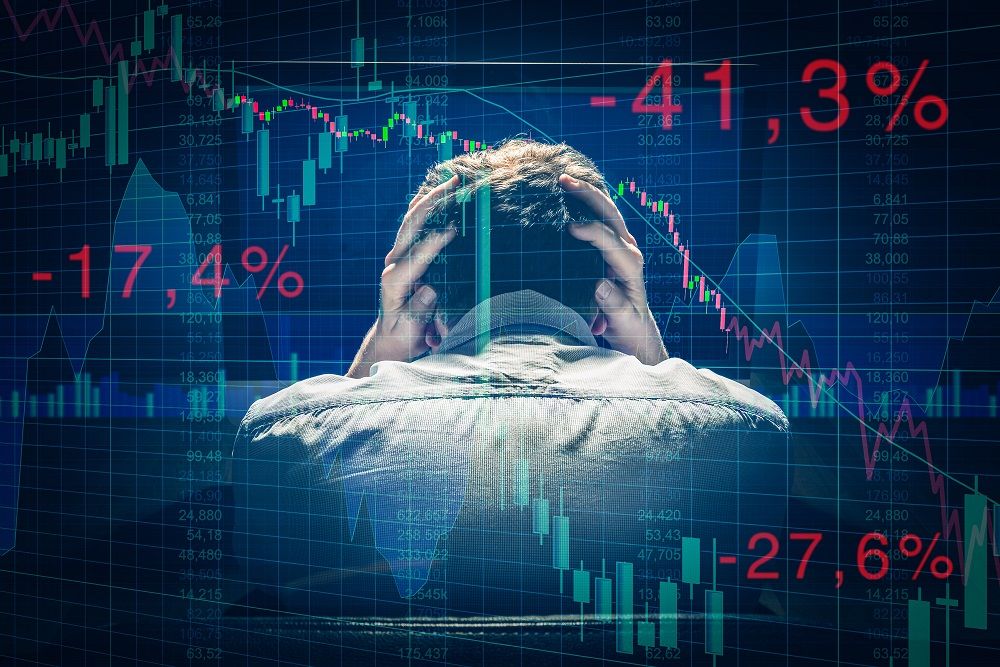Did you know that using too much leverage in trading is like trying to ride a unicycle on a tightrope—exciting but potentially disastrous? In this article, we’ll delve into the key signs of excessive leverage in day trading, including common indicators like frequent stop-loss triggers and widening spreads. We’ll explore how high leverage amplifies risks, impacts account volatility, and can lead to margin calls, ultimately affecting trading psychology. Additionally, we’ll discuss the importance of position size and provide practical tools to measure leverage levels. With insights from DayTradingBusiness, you'll learn how to navigate these pitfalls and maintain a balanced approach in your trading strategy.
What are the common signs of excessive leverage in day trading?
Signs of excessive leverage in day trading include rapid account balance swings, frequent margin calls, increased risk-taking beyond comfort levels, and a high percentage of your trades using borrowed funds. You may also notice a tendency to hold onto losing positions longer, hoping for quick recoveries, or feeling anxious about small market movements. If your trading feels overly stressful and your account's margin requirements are constantly tight, that’s a clear sign you're over-leveraged.
How does high leverage increase trading risks?
High leverage amplifies both gains and losses, making small market moves dangerous. It increases the chance of margin calls if trades turn against you. When leverage is excessive, a slight adverse price change can wipe out your entire account. It also encourages risky trading behavior, leading to bigger, uncontrolled losses. If you notice rapid account drawdowns or frequent margin issues, you're likely over-leveraged.
What indicators show that a trader is over-leveraged?
Signs of over-leveraged trading include consistently large position sizes relative to account balance, frequent margin calls, and sudden, sharp losses that wipe out significant capital. If a trader relies heavily on borrowed funds, experiences difficulty maintaining margin levels, or notices stress when markets move slightly against them, they're likely over-leveraged. High leverage ratios that amplify small market swings into big losses also indicate excessive leverage.
How can margin calls signal excessive leverage?
Margin calls happen when a trader’s account value drops below the maintenance margin, forcing them to add more funds or sell positions. Frequent margin calls indicate excessive leverage, as the trader is using borrowed money that amplifies losses quickly. If you often get margin calls, it’s a sign your leverage level is too high, risking big losses on small market moves.
What is the impact of leverage on trading account volatility?
Excessive leverage increases trading account volatility by amplifying both gains and losses. When leverage is high, small market moves can wipe out your account quickly, making your trading more unpredictable. It causes sharper swings in your account balance, signaling higher risk and potential for rapid capital erosion.
How do widening spreads relate to high leverage?
Widening spreads increase trading costs, forcing traders to use higher leverage to maintain profit margins, which amplifies risk. When spreads widen unexpectedly, it often indicates high leverage usage, as traders struggle to cover increased costs without depleting their accounts. Excessive leverage makes traders more vulnerable during spread volatility, leading to bigger losses if the market moves against them.
When does leverage lead to margin depletion?

Leverage leads to margin depletion when your trades move against you, causing your account balance to drop below the required margin. Signs of excessive leverage in day trading include rapid account balance decline, frequent margin calls, and being forced to close positions prematurely. If your trading results in quick, repeated losses that eat up your margin, you're likely over-leveraged.
What role does position size play in excessive leverage?
Position size directly amplifies leverage risk; larger positions mean greater exposure, increasing the chance of significant losses if the market moves against you. Excessive leverage often shows up when traders take disproportionately big positions relative to their account size, magnifying small market swings into substantial losses. If your position size is too large for your account, it indicates you're using excessive leverage, risking more than your capital can handle.
How can frequent stop-loss triggers indicate over-leverage?
Frequent stop-loss triggers show you're risking too much per trade, signaling over-leverage. When your stops hit often, it suggests your position sizes are too large relative to your account, increasing vulnerability to small market swings. Over-leverage causes bigger losses from minor price movements, forcing you to hit stop-loss levels repeatedly. If you notice your trades consistently triggering stop-loss orders, it’s a sign your leverage is too high and your risk management needs adjustment.
What are the warning signs of over-leverage during market volatility?
Signs of excessive leverage in day trading include rapidly increasing position sizes, margin calls, frequent forced liquidations, and a sudden inability to cover losses. If your broker warns about margin limits or you notice your account balance shrinking quickly during volatile moves, that's a red flag. Over-leverage often leads to large swings in equity and difficulty maintaining positions when the market moves against you.
How does excessive leverage affect trading psychology?

Excessive leverage increases emotional stress, leads to impulsive decisions, and causes fear or overconfidence in trading. It amplifies losses quickly, making traders panic or become reckless. Signs include frequent emotional reactions, overtrading to recover losses, and difficulty sticking to a plan. It also creates a false sense of security, making traders underestimate risks.
Learn about How does leverage affect day trading psychology?
What tools or metrics measure leverage levels?
Tools like margin calculators and leverage ratios help measure leverage levels. Metrics such as the debt-to-equity ratio, margin requirement percentage, and position size relative to account balance indicate leverage. High leverage often shows up through increased margin use, large position sizes, and rapid fluctuations in account equity, signaling excessive leverage in day trading.
How does leverage amplify losses in day trading?
Excessive leverage in day trading magnifies losses because you’re trading with borrowed money. If the market moves against you, your small bad move can wipe out your capital quickly. For example, using 10:1 leverage means a 10% loss on your position can erase your entire account. It speeds up the decline, making setbacks more severe and harder to recover from.
Learn about How does leverage increase potential losses in day trading?
What are the consequences of over-leveraging on trading accounts?
Over-leveraging in trading accounts can lead to rapid losses that wipe out your capital, increased margin calls, and the risk of losing more than your initial investment. It amplifies market volatility, making small price moves devastating. Excessive leverage also causes emotional stress and poor decision-making, often resulting in reckless trades. You might face forced liquidation if the market moves against your position, leaving you with significant debt.
How can traders avoid excessive leverage pitfalls?
Traders can spot excessive leverage by watching for very high leverage ratios, such as 50:1 or more, which magnify small market moves into big losses. If your trades frequently hit margin calls or you’re consistently close to the account’s limit, that’s a sign of over-leverage. Sudden, large swings in account balance or frequent margin warnings indicate risky leverage use. Also, if you’re using leverage to chase losses or make high-risk bets without proper risk management, it’s a red flag. Keep leverage levels moderate, monitor margin levels closely, and avoid overextending your position size relative to your capital.
Conclusion about What are the signs of excessive leverage in day trading?
In summary, recognizing the signs of excessive leverage is crucial for maintaining a sustainable trading strategy. Key indicators include frequent margin calls, increased account volatility, and the psychological strain of amplified losses. Traders should be vigilant about their position sizes and stop-loss triggers, especially during volatile markets. By leveraging appropriate tools and metrics, day traders can effectively manage risks associated with high leverage. For comprehensive guidance on navigating these challenges, DayTradingBusiness is your go-to resource for enhancing trading success.
Learn about What should I know about leverage risk before day trading?